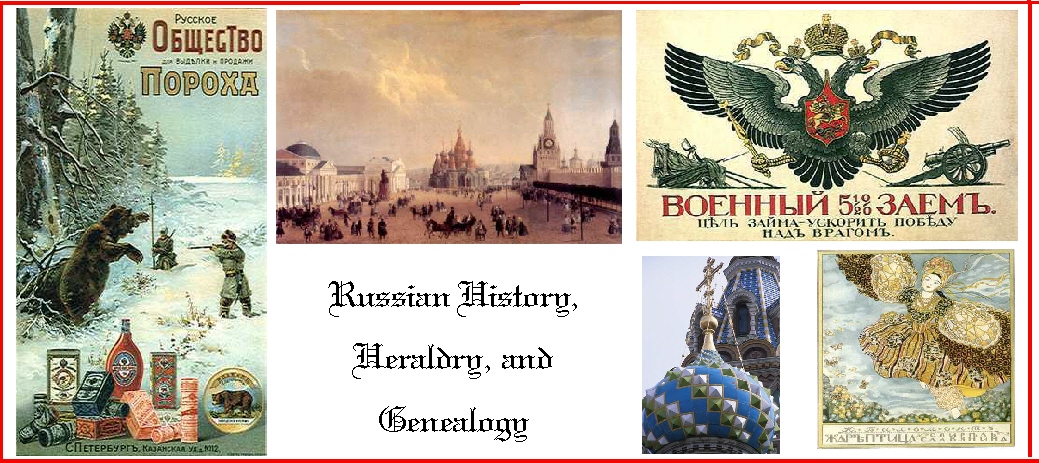

The Order of Saint Andrew

Towards the end of the seventeenth and early eighteenth century, the Order of St. Andrew the First-Called was established. The designation of St. Andrew as the order's patron was thought to have been a random choice. The draft of the order as established by Peter the Great stated that: "to hand down to posterity the glorious memory of our first teacher in Christainity and the apostle of the Russian land." St. Andrew was the first to follow Christ, and was claimed by the earliest Christian princes of Kiev as Russia's apostle. The motto was "For Faith and Fidelity."
The head of the order was the tsar. Peter received the award, for himself, in 1703, for his capture of two Swedish warships at the mouth of the Neva River. Peter was the sixth to receive this order, in 1703. Five men received this award, in 1709, during the battle of Poltava. By Peter the Great's death, the Order of St. Andrew numbered thirty-five members, twenty-four Russians and gourteen foreigners.
The highest of these Russian orders were given to members of the royal family, heads of foreign states, diplomats, high-ranking officials, and generals.
Holders of the Order of St. Andrew included:

The Order of St. Andrews has only one class, and consisted of a gold cross, a blue ribbon, an eight pointed star, and a gold chain. The insignas differ in minor details from the first to the latter forms. Often these were adapted to be embellished with diamonds and other precious jewels. From 1797 those given with diamonds signified those who were highest in the tsar's favor.
